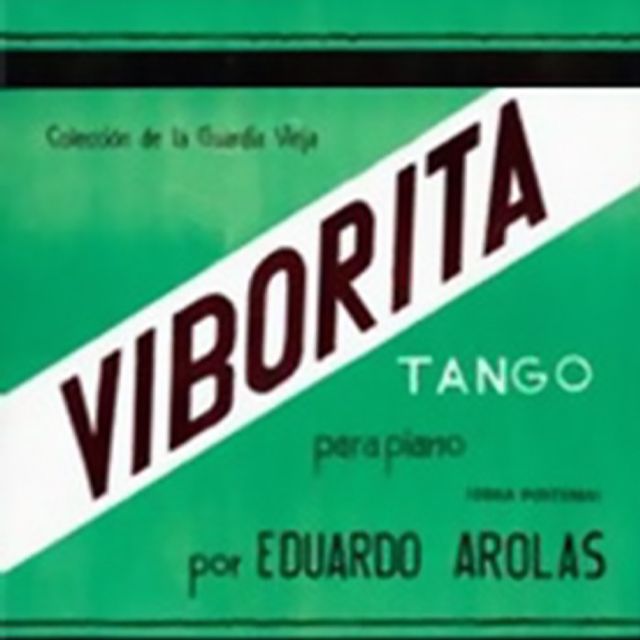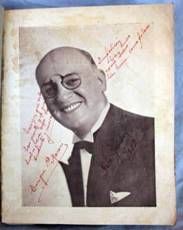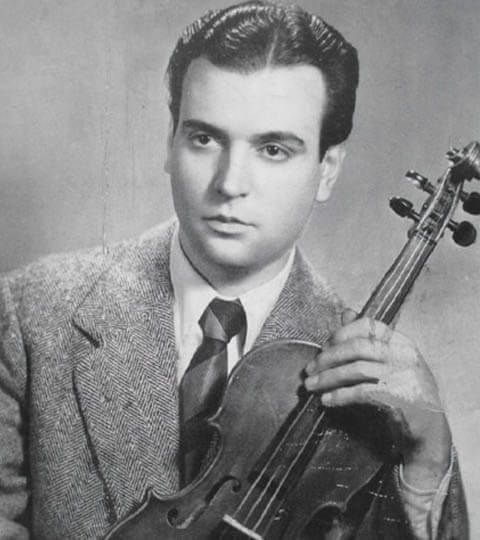“Viborita” by Francisco Lomuto y su Orquesta Típica, 1944.
“Viborita” by Francisco Lomuto y su Orquesta Típica, 1944.

Eduardo Arolas
Bandoneonist, composer and leader (24 February 1892 – 29 September 1924)
“Viborita” is another of Arolas’ delicate tangos, with the peculiarity of having only two parts, without a trio, as was his custom.
Recorded in 1920 for the first time by the Orquesta Típica Select of Osvaldo Fresedo.
Its music sheet was not published until after 1930, when the nephew of Arolas received a pack with manuscripts.
That is why it appears to be published as posthumous work.
A wonderful rendition of this tango to dance at the milongas is the one recorded by Francisco Lomuto in 1944.
Listen and buy:
-
Amazon music
-
iTunes music
-
Spotify
We are happy to have a collaboration with the people from tangotunes.com from whom some of you may have heard, they do high-quality transfers from original tango shellacs.
It is the number 1 source for professional Tango DJs all over the world.
- Now they started a new project that addresses the dancers and the website is https://en.mytango.online
You will find two compilations at the beginning, one tango and one vals compilation in amazing quality.
The price is 50€ each (for 32 songs each compilation) and now the good news!
If you enter the promo code 8343 when you register at this site you will get a 20% discount!
Thanks for supporting this project, you will find other useful information on the site, a great initiative.
More Argentine Tango music selected for you:
We have lots more music and history









